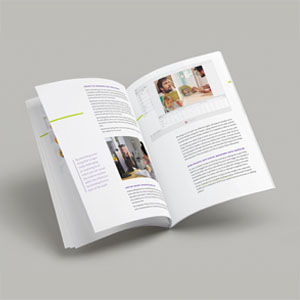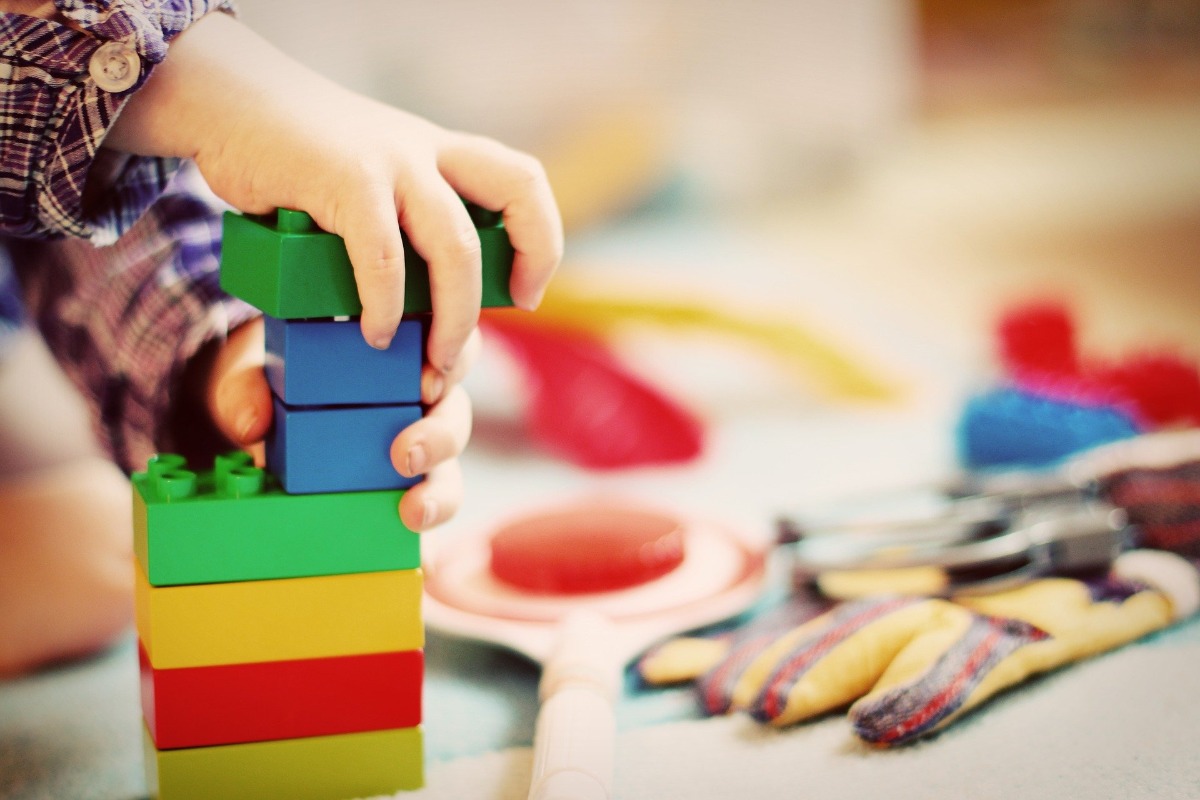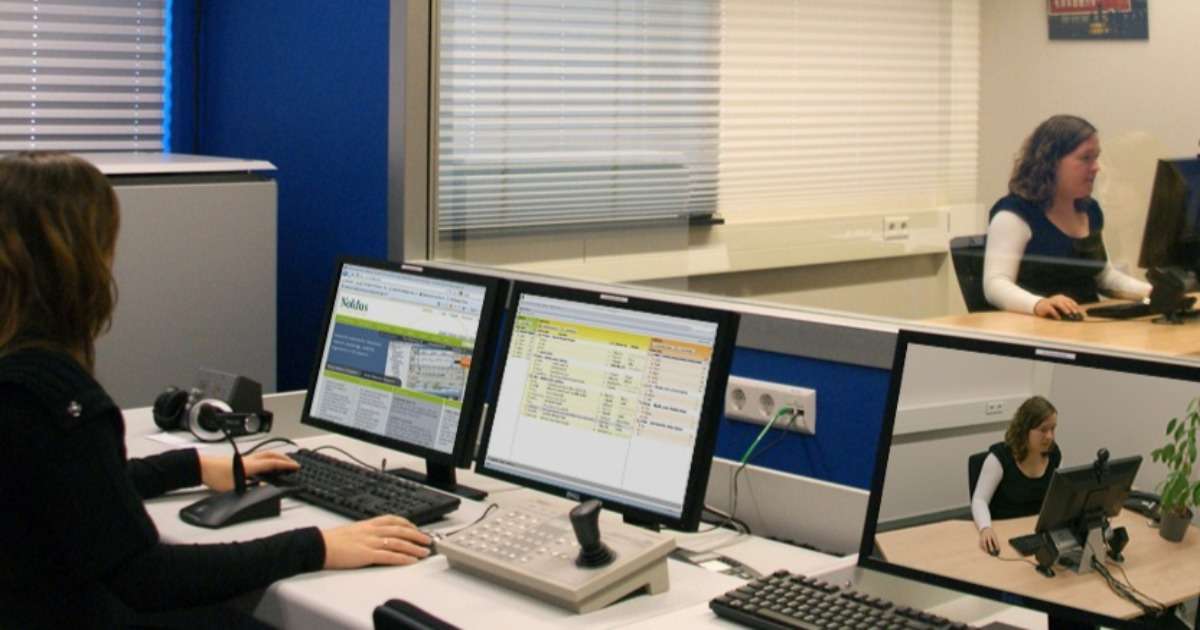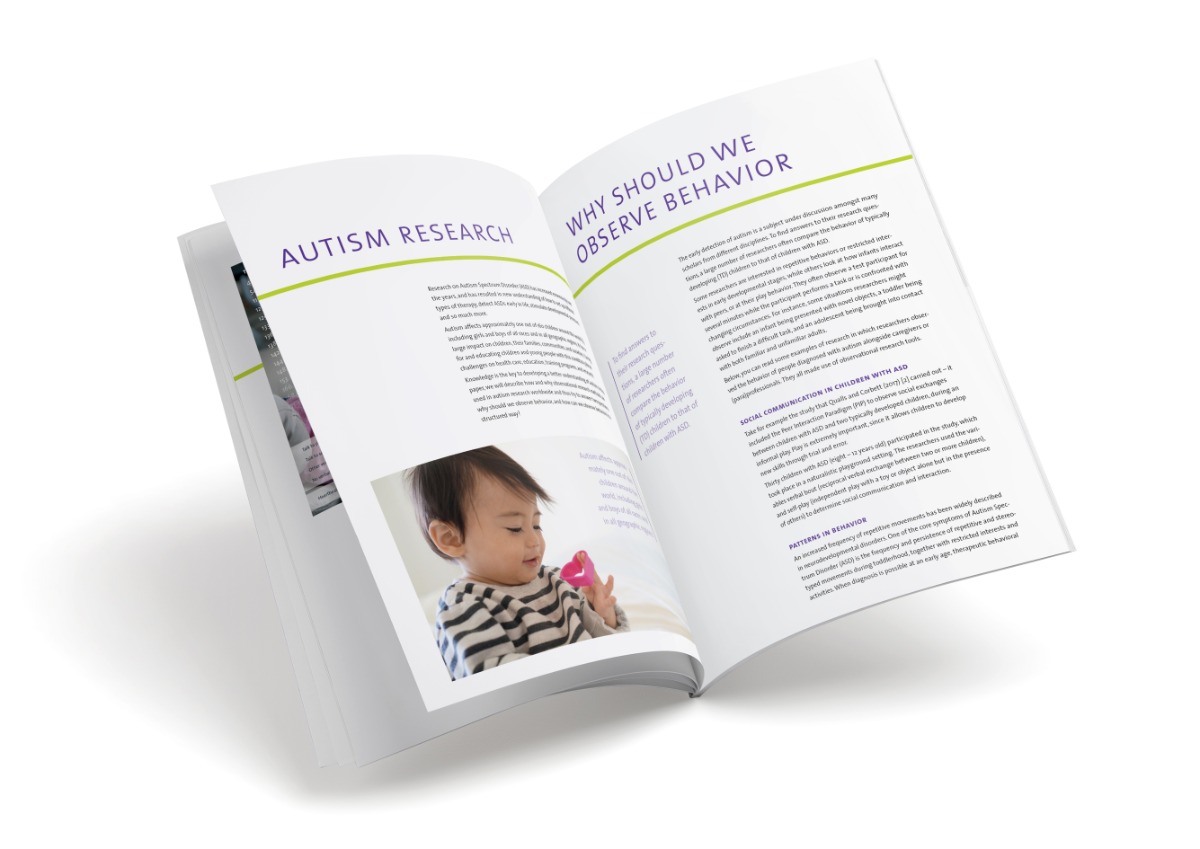
Parent-child interaction in autism: play behavior
Stephanny Freeman and Connie Kasari of the Semel Institute for Neuroscience and Human Behavior observed play behavior, in particular to which extend parents of young children with autism match and support their child’s play. They explain that it is important to provide these parents with the necessary tools to properly stimulate engagement. In this blog post I’ll explain why engagement is important and how this research was designed in an observation lab.
Play behavior
The study examined the extent to which parents of young children with autism match and support their child’s play. The researchers concluded: “playing within the child’s zone of development (at or just above their mastered play level) resulted in greater engagement and increased children’s play level and diversity of play”.
Parents need to understand the level at which their child plays in order to either match or extend beyond their current level. Parents follow or match their child’s play behavior when they respond at the same level. Simply put, when a child brings an empty cup to their mouth to drink it is categorized as pretend play behavior.
A parent could match this behavior by pretending to eat a cookie or pretending to drink, etc. The researchers categorized the type of play-act using the Developmental Play Skills Levels (in Freeman and Kasari 2013, source: Kasari et al. (2006) and Lifter et al. (1988).), who carried out the act (parent or child), and how it was presented/the strategy the parent used (suggested, commanded, or imitated). Freeman and Kasari's study demonstrated that parents of children with autism found it more difficult to match or increase the level of play of their child compared to parents with typically developing children.
Parent-child interaction
Another result the researchers presented was that periods of joint engagement were longer when the parent commanded and suggested less during playtime. The researchers explain that with this type of presentation (commanded, suggested) the interactions are not balanced between adult and child.
Understandably, for parents with children with autism, presenting a play scheme in a different way can be a challenge compared to parents with typically developing children who experience no need to command or suggest, because the child is more responsive to the engagement attempts of parents.
Freeman and Kasari advise the implementation of particular strategies in early interventions with parents and their children with autism.

Observation lab
The researchers designed an observation lab with an assessment room and an observation room. The study focused on the similarities and differences in play interactions between dyads with and without a child with autism. Parents of children with autism and parents with typically developing children were invited to the observation lab for the assessments.
In order to measure play level in children with and without autism, the children participated in a structured play assessment, during which the child and tester sat facing each other at a table. This play interaction lasted 15 to 20 minutes and was recorded on video.
In addition to this structured play assessment, parent-child free play sessions were analyzed. To observe and analyze this parent-child interaction, the parent and child were asked to play with a standard set of toys for 10 minutes, which were again recorded on video.

Do you want to learn more? Simply download the publication, one interaction which was coded was transcribed in the publication completely (Freeman and Kasari, 2013).
The parent and child in this particular interaction pretended to drink tea together. The parent initiated play by putting a fork next to the bowl and a spoon next to the bowl, after which the child imitates this by repeating the same actions. Next the child initiates the next act by bringing his cup to his mouth which the parent then follows by also bringing his own cup to his mouth.
Coding behavior
Trained lab members coded parent and child behaviors displayed in the play session afterwards. The Observer XT software enabled the coding of:
- the play scheme (tea party or dinosaur battle)
- play act (the acts that make up the scheme)
- initiation
- the level of play according to the Developmental Play Skills Levels (in Freeman 2013 source Kasari et al. (2006) and Lifter et al. (1988))
- who carried out the act (play behavior)
- how the act was presented (suggested, commanded, or imitated)
The results of the study presented will guide further research and play intervention for parents with children with autism.

Reference
- Freeman, S.; Kasari, C. (2013). Parent-child interaction in autism: Characteristics of play, Autism, doi 10.1177/1362361312469269.
Get the latest blog posts delivered to your inbox - every 15th of the month
more

How to develop your training and education facility
The use of video in education can be very helpful to develop required technical skills, soft skills, and specialized knowledge.
Resources on Psychology Research: Case Studies, Webinars and White Papers
At Noldus, we have dedicated ourselves to make the best tools to advance human behavioral research for over 30 years and love to share our knowledge with you!

